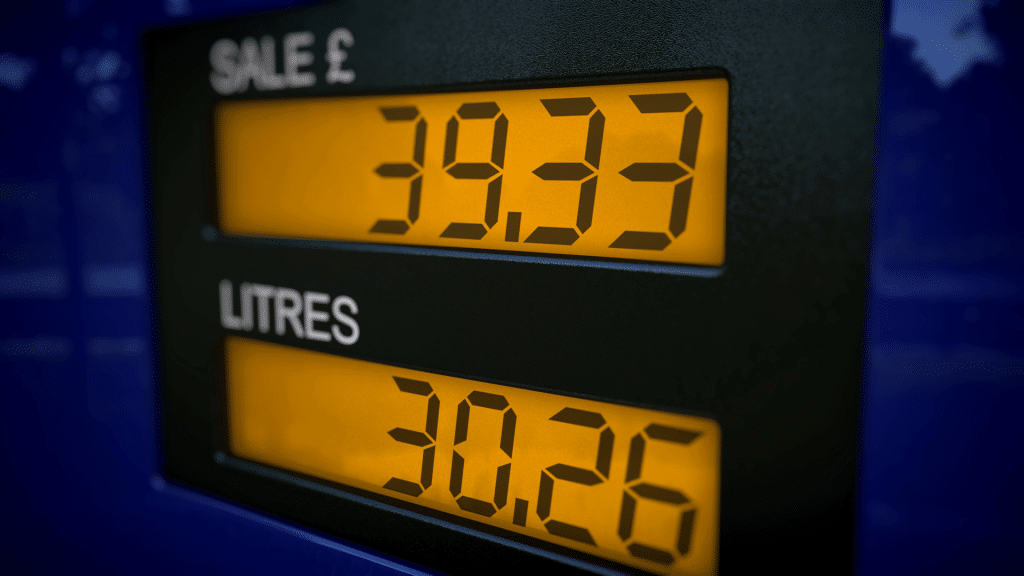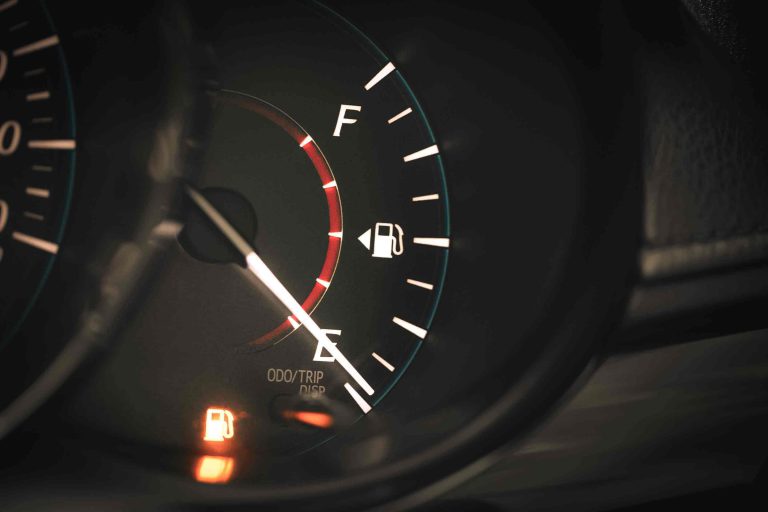Hypermiling was first coined as a term back in 2008. But what is hypermiling? Why do you need to know about it? And if you want to give it a try, how do you get started?
We’re going to look at the answers to all these questions and more. And we’ll show you why hypermiling can be a great way to save money, and help the planet too.
What is hypermiling in a car?
Hypermiling is simply a way of driving that helps you achieve maximum fuel efficiency. It’s an idea that first came to prominence in the USA in the early 2000s. As fuel prices rocketed, savvy drivers wanted to find a way to reduce the money they were spending at the pump.
That’s a scenario that feels pretty relevant today.
And the great thing about hypermiling is that it doesn’t require any upfront expenditure. You don’t need to modify your vehicle, so you don’t need to worry about it affecting your insurance. And you don’t have to invest in any gizmos or gadgets.
But before getting into hypermiling techniques, start by asking yourself whether you really need to drive at all. Is it possible to replace shorter journeys with walking or cycling? And for longer journeys, could public transport be a more economical choice?
Using your vehicle only when you really need to is a great first step to cutting the money you spend on fuel.
How do you hypermile a car?
Some of the specifics of how to hypermile a car vary depending on whether it’s petrol, diesel, hybrid or electric. But there are a number of basics that apply to all vehicles.
Keep up-to-date with maintenance
Keeping your car well-maintained will help maximise its fuel efficiency. That includes having it serviced regularly.
Using thinner oil also means less power is needed to turn the engine. Just make sure whatever you use is within the viscosity limits set by your vehicle manufacturer. If it isn’t, it can damage the engine.
Making sure that your tyres are inflated to the correct pressure will also reduce rolling resistance. Your handbook will give you the correct tyre pressure for your vehicle when it’s both unloaded and loaded.
And reducing the weight of your car will reduce its fuel consumption. Carrying a pram or golf clubs in your boot? Get rid of them on journeys where they’re not needed.
Think about your parking location
Where and how you park can have a significant effect on fuel consumption.
Part of this is simply about how much fuel you use finding a space and manoeuvring. Unless you or a passenger have mobility issues that mean you need to be close to your destination, don’t spend ages searching for the nearest spot. All that driving around is costing you fuel.
If you can, find a parking space where you can drive straight in and out. That means you won’t have to expend fuel on tricky manoeuvres.
If you can park facing downhill, you may also be able to use gravity to your advantage when you move off. (Just don’t try to coast with the engine off — you won’t be in control of the car, and it’s very dangerous.)
In some conditions, where you park can also make a significant difference to your fuel consumption. On hot days, a shady location will mean less need for energy-guzzling air conditioning when you get back inside. And in freezing weather, facing the sun can minimise the need to use your windscreen heater.
Aim for smooth and steady driving
Both braking and accelerating use more fuel, so try to do them as little as possible. That means looking ahead to anticipate upcoming hazards and obstacles.
Aim to reduce your speed gradually, without touching that middle pedal. You may hear hypermilers refer to this as “DWB”, which stands for “driving without brakes”.
Driving more slowly in the first place can also be good for fuel efficiency. Driving at 60 mph instead of 70 mph on a motorway, for example, can reduce fuel consumption by 10 per cent.
Wearing thin-soled shoes is a good idea too. They will make you more sensitive to how the car is responding to pressure on the accelerator. Just don’t drive barefoot!
Minimise drag
The airflow around your vehicle can create resistance, known as “drag”. That means your car uses more fuel to overcome it and move forwards. But there are a few simple things you can do to reduce drag and improve your fuel economy:
- Keep your car windows up. Air flowing through windows increases drag. But don’t do it if you’ll get hot and turn the air conditioning on instead! Aircon increases fuel consumption by around 10 per cent.
- Remove unused roof racks or bicycle racks. Both will make your car less aerodynamic. So if you don’t need them on your journey, take them off.
- Keep your car clean. Even dirt can increase drag. Keeping your car polished to a shine improves fuel efficiency, as well as attracting admiring glances from other road users!
What is hypermiling in a hybrid?

The type of fuel a vehicle uses affects the approach to hypermiling, meaning some specific techniques are needed for hybrid cars.
The good news if you have a hybrid is, it’s already very fuel efficient. And by making the greatest possible use of your electric engine and regenerative braking system, you can achieve excellent fuel economy. Here’s how to do that:
- Understand your car’s controls. If you have an ECO or “green” mode, use it to maximise your miles per gallon.
- Be light with that right foot. Pressing down gently on the accelerator will help you stay in electric vehicle (EV) mode.
- Look ahead to anticipate changing conditions. That will allow you to brake early and gently, regenerating the battery.
- Get the most from going downhill. Taking your foot off the accelerator, or even braking lightly, will return charge to your battery.
- Turn off the radio and other extras that use up power. Don’t keep your lights, wipers or air conditioning on if you don’t need them.
The major difference between petrol and diesel cars on one hand, and hybrid and electric on the other, is the approach to short journeys. These are dreadful for fuel efficiency in petrol and diesel cars, because of the energy needed to warm up the engine.
But in electric and hybrid vehicles, the regenerative braking systems mean that stop-start traffic can be ideal. Every time you brake, the kinetic energy that’s generated helps to charge the battery.
Is hypermiling good for your car?

Responsible hypermiling involves looking after your car with regular maintenance and servicing. So it’s a positive thing for your vehicle.
But some hypermilers have been known to use extreme techniques that can be dangerous. That’s bad news for the cars concerned. But more importantly, it can risk serious harm to drivers, passengers and other road users.
Here are some hypermiling techniques to be avoided:
- Forced Auto Stop (FAS). Also known as “engine off coasting”, this involves switching off the car while it’s moving. That means no fuel is being used. But it also means you’ll lose servo-assisted braking. And your car is likely to be nigh on impossible to steer. In short, it’s extremely dangerous. Just don’t do it.
- Drafting. Also known as “slipstreaming”, this involves driving close behind other vehicles. The idea is that there’s less air resistance in that position, improving fuel consumption. But it puts anyone in either vehicle at risk of serious harm if the front vehicle needs to brake suddenly. Always keep to the minimum “two-second rule” when driving, and double the distance (at least) in wet or icy conditions.
What is hypermiling? The bottom line
So what is hypermiling driving? It’s simply a way of improving fuel efficiency. And that can be great news both for your wallet and the environment.
It can work for all types of vehicles. But some techniques differ between petrol and diesel vehicles on one hand, and hybrid and electric cars on the other. Keep track of your miles per gallon to see what impact changes to your driving are having.
Just steer clear of dangerous practices like forced auto stop and drafting. The risks here massively outweigh any potential savings.

